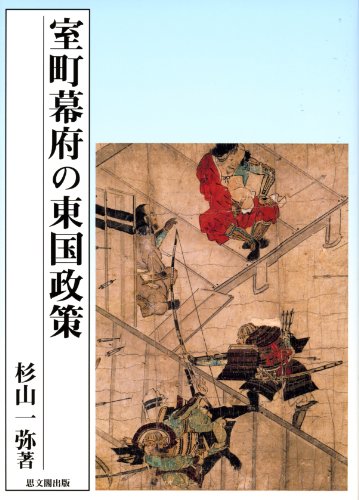31 0 0 0 OA 『鎌倉年中行事』にみる鎌倉府の着装規範 : 鎌倉公方の服飾を中心として
- 著者
- 杉山一弥
- 出版者
- 社団法人日本家政学会
- 雑誌
- 日本家政学会誌 (ISSN:09135227)
- 巻号頁・発行日
- vol.58, no.5, pp.283-292, 2007-05-15
- 参考文献数
- 11
- 被引用文献数
- 1
Kamakura-nenchuu-gyouji is a description of the clothing in various classes of samurai in East Japan. The clothes and accessories were different for each class. They were required by Kamakura-kubou to dress in different colors, shapes, and materials. This applied to every event and ceremony. There were also differences in vehicles. Mon, weaved into clothes, was also very important, because Mon was an expression of the Japanese sense of beauty. The giving a way of clothes after wearing them was also very important in the Muromachi period. The rules of clothing applied not only to daily clothing but also to armaments. Clothing always symbolized the classes and formality. In East Japan in the Muromachi period, the clothing of samurai were determined not by the scale of one's power but by the status of the Kamakura-Fu.
5 0 0 0 OA 『鎌倉年中行事』 にみる鎌倉府の着装規範
- 著者
- 杉山 一弥
- 出版者
- 一般社団法人 日本家政学会
- 雑誌
- 日本家政学会誌 (ISSN:09135227)
- 巻号頁・発行日
- vol.58, no.5, pp.283-292, 2007 (Released:2010-07-29)
- 参考文献数
- 11
Kamakura-nenchuu-gyouji is a description of the clothing in various classes of samurai in East Japan. The clothes and accessories were different for each class. They were required by Kamakura-kubou to dress in different colors, shapes, and materials. This applied to every event and ceremony. There were also differences in vehicles. Mon, weaved into clothes, was also very important, because Mon was an expression of the Japanese sense of beauty. The giving a way of clothes after wearing them was also very important in the Muromachi period. The rules of clothing applied not only to daily clothing but also to armaments. Clothing always symbolized the classes and formality. In East Japan in the Muromachi period, the clothing of samurai were determined not by the scale of one's power but by the status of the Kamakura-Fu.
4 0 0 0 OA 『鎌倉年中行事』にみる鎌倉府の着装規範 : 鎌倉公方の服飾を中心として
Kamakura-nenchuu-gyouji is a description of the clothing in various classes of samurai in East Japan. The clothes and accessories were different for each class. They were required by Kamakura-kubou to dress in different colors, shapes, and materials. This applied to every event and ceremony. There were also differences in vehicles. Mon, weaved into clothes, was also very important, because Mon was an expression of the Japanese sense of beauty. The giving a way of clothes after wearing them was also very important in the Muromachi period. The rules of clothing applied not only to daily clothing but also to armaments. Clothing always symbolized the classes and formality. In East Japan in the Muromachi period, the clothing of samurai were determined not by the scale of one's power but by the status of the Kamakura-Fu.
2 0 0 0 室町期東国の公家領 (國學院中世史研究の現在)
- 著者
- 杉山 一弥
- 出版者
- 國學院大學
- 雑誌
- 國學院雜誌 = The Journal of Kokugakuin University (ISSN:02882051)
- 巻号頁・発行日
- vol.122, no.11, pp.105-121, 2021-11
1 0 0 0 OA 鎌倉府発給文書の総合的研究
- 著者
- 黒田 基樹 清水 亮 杉山 一弥 石橋 一展 木下 聡 植田 慎平 花岡 康隆 谷口 雄太 中根 正人 石渡 洋平 駒見 敬祐
- 出版者
- 駿河台大学
- 雑誌
- 基盤研究(C)
- 巻号頁・発行日
- 2013-04-01
関東および隣接地域に関する応永元年(1394)から享徳3年(1454)の間における文書・銘文史料の集成をすすめ、4000点を蒐集した。また鎌倉府に関する基礎的研究、鎌倉公方・関東管領・各国守護など鎌倉府関係者の発給文書の体系分析をすすめた。前者については、「関東足利氏の歴史」シリーズとして、初代足利基氏から4代足利持氏の各代ごとに、『足利基氏とその時代』などの著作を成果として刊行した。

